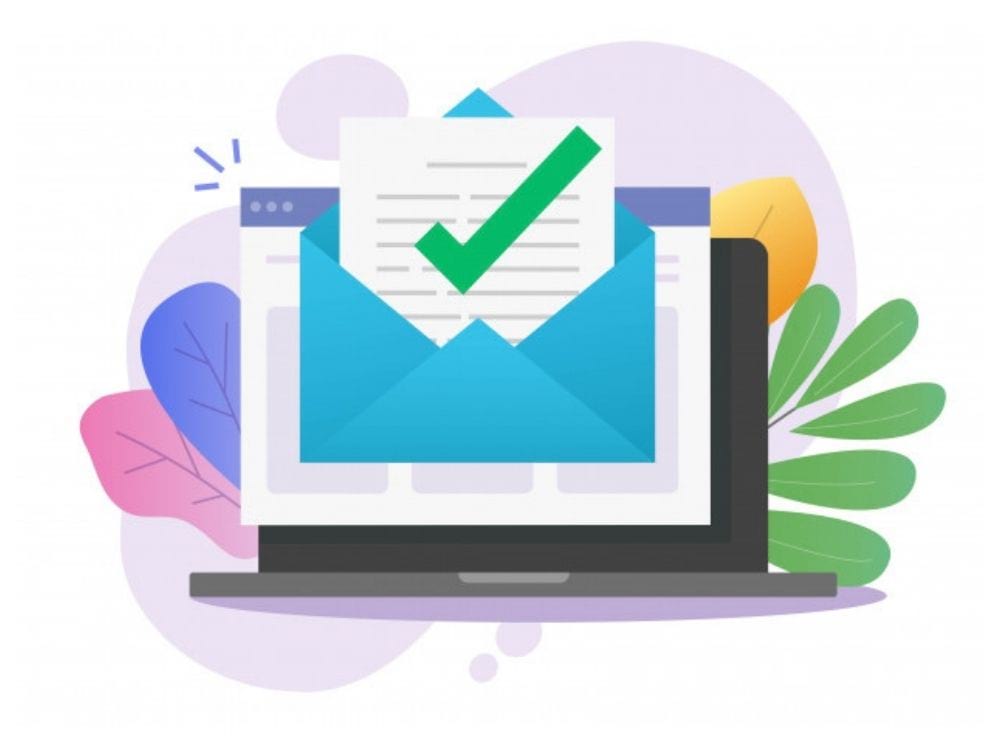The world of B2B sales can be a fast, exciting, and dynamic place to be. Whether you’re chasing targets or securing new business, there are many skills you can develop. However, one of the essential elements of any successful sales team is the process of prospecting. We take a look at what it is and why it’s so important, as well as how to build a prospect list.
What is prospecting?
Let’s start with the basics – what exactly is prospecting? You’ll see many different definitions out there, some more succinct than others. However, perhaps the best definition of sales prospecting is as follows:
Prospecting is the process by which you create opportunities to make sales.
However, within this simple definition are many different elements. It relates to the search for new customers or clients, making sure they enter into your sales funnel and move through your B2B sales stages.
Clearly, it’s something that everyone working in sales should know how to do. But is it the right process for your business?
Should you do prospecting?

On the whole, prospecting can be a valuable way of spending your time. However, whether or not your business should do it depends on a wide variety of factors. To help you determine whether it’s the right process for you, we’ve highlighted some of the pros and cons that come with B2B prospecting:
Pros
- It can help you generate hot B2B leads
- You can progress leads through your sales funnel
- You can identify the right type of client for your business
- You can gather data on a wide variety of B2B customers, particularly when you use a service like Bant
Cons
- It can be a time-consuming process
- Your efforts can be wasted if you don’t know what you’re doing
- You risk alienating potential clients if you take the wrong approach
Clearly, B2B sales prospecting is the right choice for your business, provided you have the tools and knowledge to do it correctly. Thankfully, with services like Bant, as well as various other prospecting tools, you can make sure your efforts are on target.
Lead Prospecting vs. Sales Prospecting
One question that’s often asked is what the difference is between sales prospecting and lead prospecting. Although there are overlaps between the two terms and activities, they are, in fact, different.
A useful way of thinking about them is by separating out the teams responsible for each. Lead generation (prospecting) is often a marketing activity. It’s generally focused on one-way communication with a broad approach.
Sales prospecting, on the other hand, sits under the sales team. It’s more of a two-way conversation that’s unique to each lead. With this type of prospecting, you have to have a deeper understanding of the potential client and their needs.
Why it’s important to build a quality list of B2B prospects

So, prospecting is a valuable business tool for your sales team. But what is a prospect list? And why is it so useful?
Essentially, the prospect list is the central part of your prospecting efforts. It’s a list of people who might be interested in your business and acts as a database of potential clients.
Building a list of B2B sales prospects is essential to any of your overall business aims. It can give you all of the details you need to effectively reach out to and qualify a lead, making sure you have the highest chance possible of moving them through the sales funnel.
The focus here is on quality data, however. When you or your sales team do finally reach out prospects, you want to arm them with accurate information. Although techniques such as cold calling can still be useful, you want to ensure that you have at least something to go off.
If you have inaccurate or sparse data, you’ve little chance of making a good impression on the people you reach out to. So, when you build a list of B2B prospects, you want to gather as much information as possible.
How to build a list of qualified prospects
Now that we know the appeal of building an accurate prospect list, let’s look at how you can go about doing so. As with any sales process, there are quite a few things you need to bear in mind. We’ve highlighted some of the main considerations you want to make when building yours:
Define your ideal target customer
Before you can start targeting potential customers, you need to understand who fits into your key demographic. You want to make sure that you’re making contact with people who are likely to want to engage with your business.
To do this, you need to understand your buyer. This can involve creating things like ideal customer profiles and buyer personas. These, in turn, can give you some direction with your prospecting.
Identify your target companies
As well as getting intel on your key people, you’ll also want to spend some time targeting your ideal companies. After all, this is B2B sales we’re talking about. You need to spend time identifying what your ideal customer looks like, and start building a list of companies you can then target.
Find and validate contact details
Once you’ve started gathering data on your ideal customers and companies, you’ll need to make sure you have the right contact details for them. As we’ve established, the more detail you have, the more successful your campaigns will be.
This is where tools like Bant come in useful. It allows you to acquire B2B leads that match your target customers, providing sufficient detail for you to make an impact.
How to optimize your prospect list

After you’ve created your B2B prospect list, you’ll want to spend some time making it’s up to scratch. Optimising your list can take a variety of different forms. We’ve outlined some ideas to try below:
- Prioritise. Once you have a list of prospects, you’ll need to prioritise the ones that are most worth the effort. Ideally, you’ll want to separate them into groups to determine which have the most potential.
- Customise. Your outreach approach won’t be a catch-all process. Instead, you’ll want to tailor it to your prospect list. Spends some time thinking about the ways your prospects will respond to your efforts.
- Double-check your data. Once you’ve got an initial prospect list, you’ll need to validate that it’s correct. Whether it’s email data or other information, it’s essential you’re working with the best tools.
How to improve your B2B sales prospecting
So, how can you improve your prospecting overall? To round things off, we’ve picked out some top tips on how to be as effective as possible:
- Nurture relationships. Although sales may be the ultimate goal, building relationships is how you get there. Instead of being too salesy with your contact, try and instead build a relationship with them.
- Use the right tools. Prospecting can be tough at the best of times. To give yourself the best chance possible, make sure you have the right tools for the job. They can help automate tedious processes and make your data more accurate.
- Analyse. As with any stage of the sales process, data can be incredibly valuable. Make sure you look at your performance analytics to see what is working and what isn’t. From there, you can make adjustments.
Final thoughts
That concludes our look at how to build a B2B prospect list. Clearly, it’s worthwhile spending the time and effort to get this stage right. With many tools available to help your efforts, you can soon master this valuable process.

